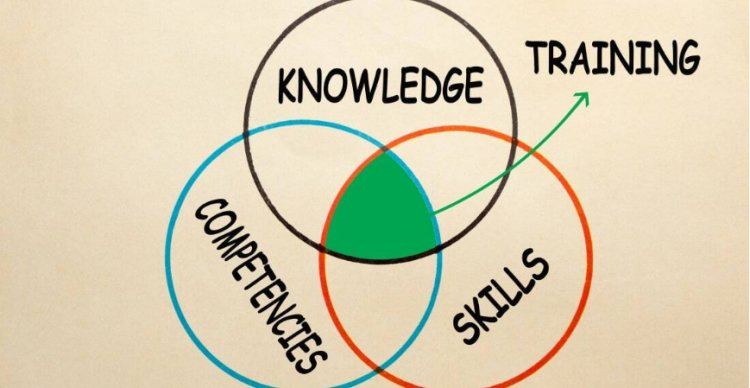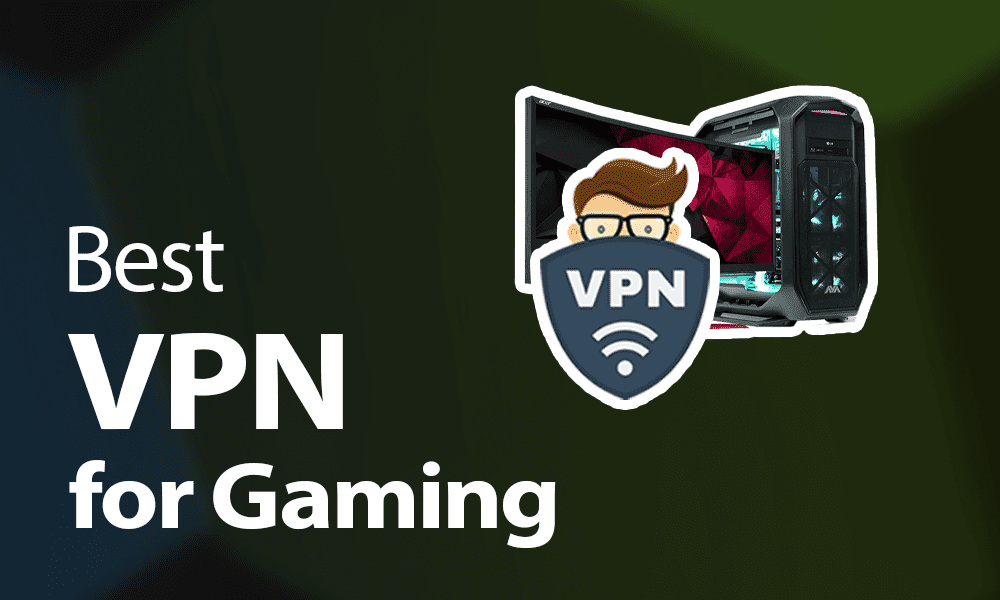Understanding Competency-Based Training: A Path to Mastery in Skills Development
In today’s fast-paced and ever-evolving work environment, it’s essential that training and education programs equip individuals with the specific skills and competencies needed to excel in their careers.

In today’s fast-paced and ever-evolving work environment, it’s essential that training and education programs equip individuals with the specific skills and competencies needed to excel in their careers. One of the most effective approaches to skills development is Competency-Based Training (CBT). This method focuses on mastering the required skills and knowledge rather than simply completing a set amount of hours or coursework. In this article, we’ll explore what competency-based training is, its benefits, and how it’s revolutionising the way we learn and work.
What is Competency-Based Training (CBT)?
Competency-Based Training refers to an approach where learners progress through a training program by demonstrating their ability to perform specific tasks or skills at a required standard. Rather than moving through a curriculum based on time spent or a set number of lessons, learners advance once they can prove they have mastered the required competencies.
In CBT, a "competency" is defined as the ability to apply knowledge, skills, and behaviours to achieve specific outcomes in a given workplace setting. These competencies are often outlined in national standards, qualifications, or training packages and may include practical tasks, assessments, or simulations.
For example, a student learning to become a chef may be required to demonstrate their competency in tasks like knife skills, food preparation, and plating dishes. Only when the student has met the required standards for each of these competencies will they be considered fully qualified.
Key Features of Competency-Based Training
- Learner-Centered: CBT is tailored to individual learners, focusing on their ability to demonstrate skills and knowledge. Learners can progress at their own pace, which helps ensure that they are fully competent before moving on to the next task.
- Clear Learning Outcomes: The training is structured around specific, measurable competencies that learners must achieve. These outcomes are often linked to industry standards, ensuring that the skills acquired are relevant and recognised.
- Flexible Learning: Since learners progress based on mastery rather than time, CBT offers flexibility. This can be particularly beneficial for adult learners, those working full-time, or individuals with different learning styles and paces.
- Practical and Applied Focus: CBT prioritises hands-on experience and real-world application, ensuring that learners can perform the tasks required in their job roles effectively. This can involve practical assessments, case studies, or on-the-job training.
- Assessment of Competency: Learners are assessed based on their ability to demonstrate the skills and knowledge required. This might include practical demonstrations, written assessments, or portfolio submissions that show evidence of skill mastery.
Benefits of Competency-Based Training
1. Enhanced Job Readiness
Competency-based training focuses on what learners can do rather than what they know. This makes it an incredibly effective method for ensuring that individuals are job-ready by the time they complete their training. Since the competencies are aligned with real-world job requirements, learners are equipped with practical skills that they can immediately apply in the workplace.
2. Greater Flexibility
One of the most significant advantages of CBT is its flexibility. Because learners progress based on their ability to demonstrate competence, they can take as much or as little time as they need to master each competency. This approach is ideal for individuals who need to balance study with work or family commitments, as they can pace their learning according to their own needs.
Additionally, learners can revisit and refine their skills before moving forward, ensuring they are confident and capable in their abilities.
3. Personalised Learning Experience
CBT allows for a more personalised learning experience. Instead of moving through content at the same pace as everyone else, learners can focus on areas where they need more practice or understanding. This customisation helps ensure that all learners reach a high level of proficiency in their chosen field.
4. Immediate Feedback and Improvement
With CBT, learners receive feedback on their progress as they demonstrate competencies. This ensures that they can address gaps in their knowledge or skills in real time, allowing for continuous improvement throughout the training process. Unlike traditional education methods, where students may not receive feedback until later in the course, CBT ensures learners are on track and can adjust their approach as needed.
5. Workplace Relevance
Competency-based training is highly focused on the practical application of skills within the workplace. By aligning training outcomes with industry standards, learners are prepared to meet the specific needs of employers. This ensures that training programs are relevant, up-to-date, and aligned with the current demands of the job market.
Competency-Based Training in the Australian Context
In Australia, Competency-Based Training is an integral part of the Vocational Education and Training (VET) system. Training Packages and qualifications are structured around the competencies required for specific industries or job roles. These are outlined by industry experts and are regularly updated to ensure they reflect the latest trends and technology.
RTOs (Registered Training Organisations) in Australia deliver competency-based programs that ensure graduates have the necessary skills to succeed in their chosen careers. These programs might range from certificates to advanced diplomas, with each qualification aligned to specific competencies relevant to that level of expertise.
How to Implement Competency-Based Training
For organisations or individuals looking to implement CBT, the following steps are important:
- Define Clear Competencies: The first step is to outline the key competencies required for the role or profession. These competencies should be clear, measurable, and aligned with industry standards.
- Provide Practical Opportunities: Create opportunities for learners to practice and apply the skills they are being taught. This could involve simulations, on-the-job training, or hands-on assessments.
- Continuous Assessment: Assessment should be ongoing, with regular check-ins to ensure that learners are on track. Assessments should be designed to test whether learners can demonstrate the required competencies, rather than simply recalling information.
- Offer Support and Feedback: Provide learners with continuous feedback and support to ensure they understand where they need to improve and can receive help in areas where they are struggling.
- Allow for Progression Based on Mastery: Learners should only move on to the next competency once they have successfully demonstrated proficiency in the current one. This ensures that they have a solid foundation of skills before advancing.
What's Your Reaction?

















